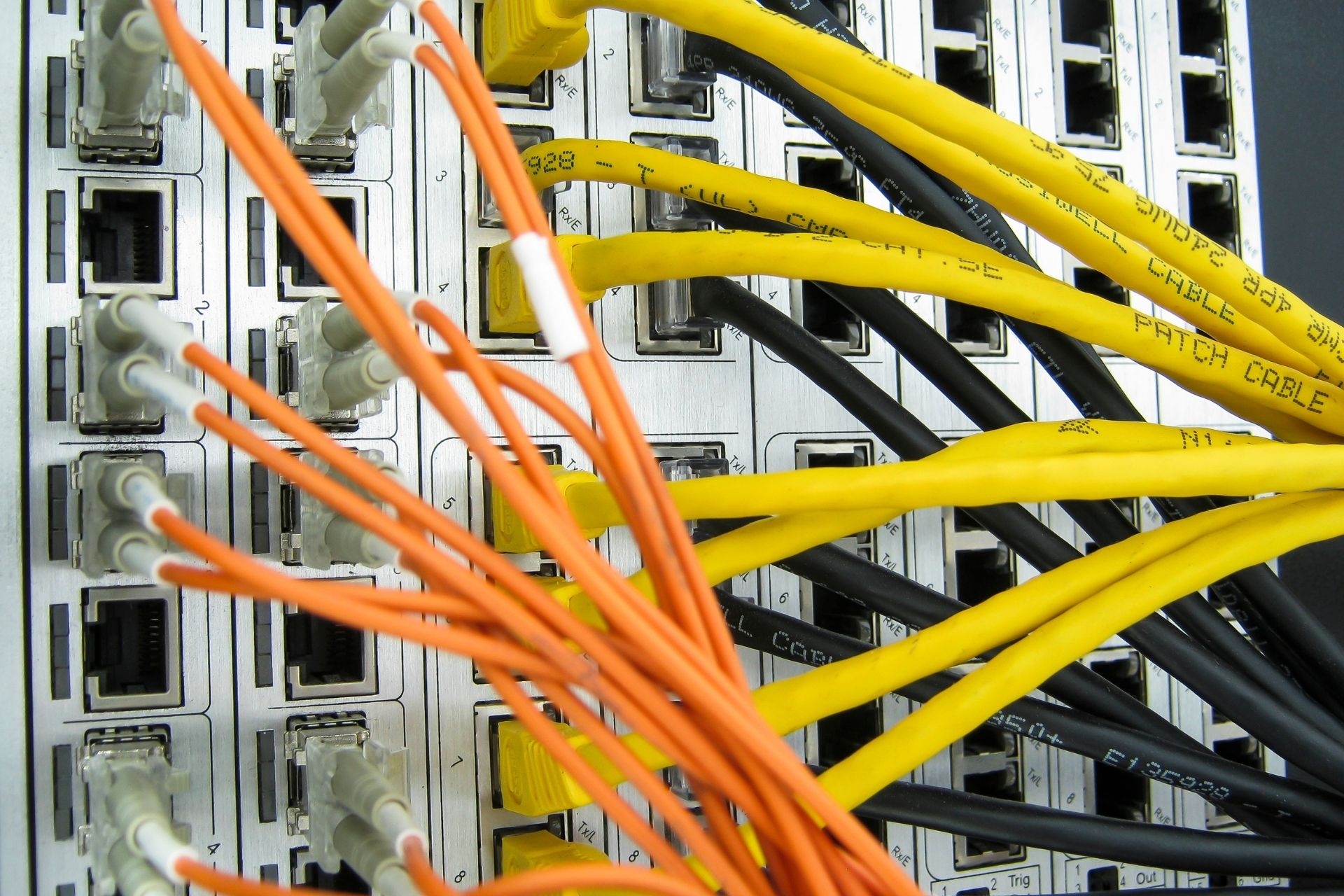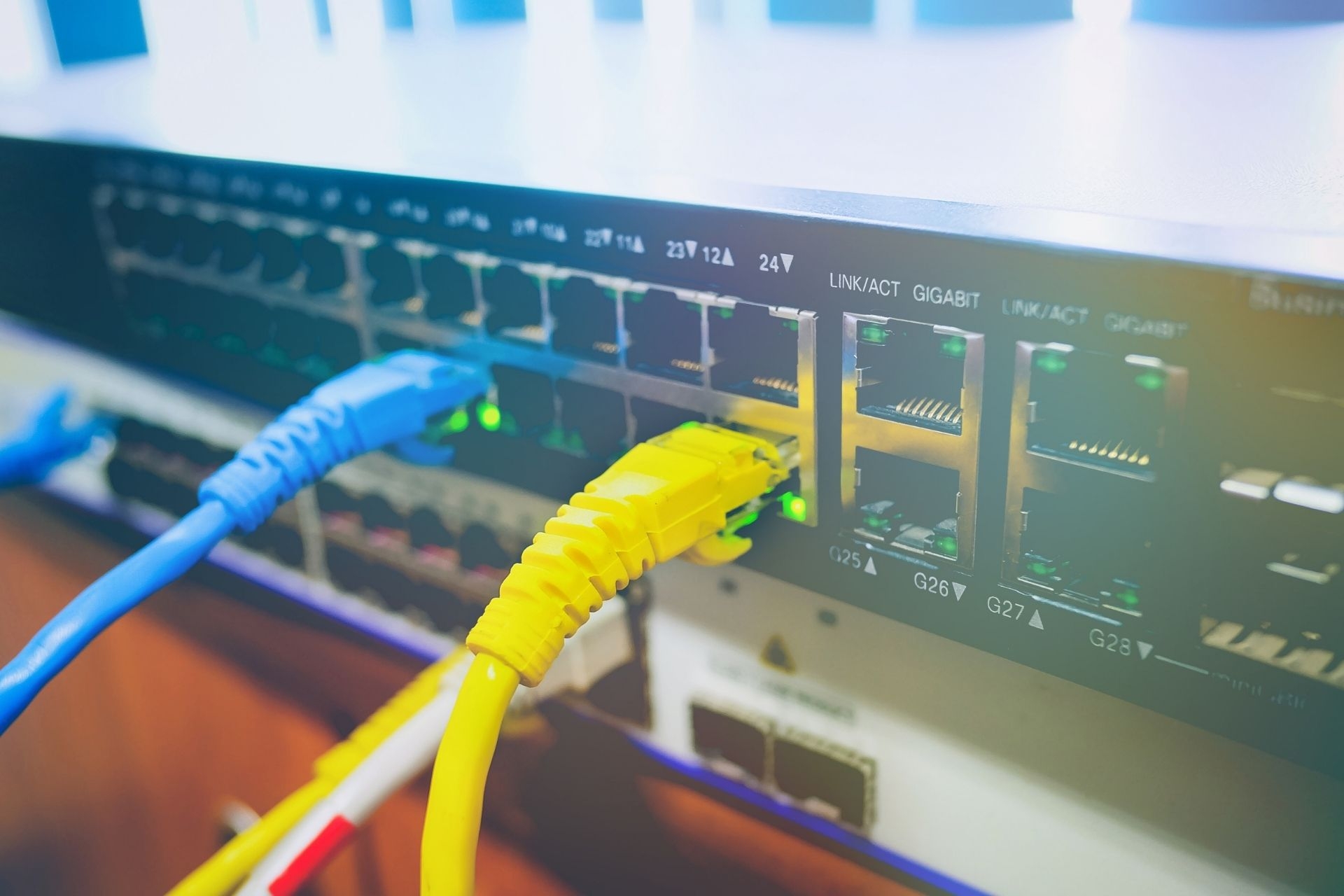Fiber To The Home (FTTH)
What are the different types of fiber optic cables used in FTTH networks?
Fiber optic cables used in FTTH networks include single-mode fiber optic cables and multi-mode fiber optic cables. Single-mode cables are designed for long-distance communication and have a smaller core size, while multi-mode cables are used for shorter distances and have a larger core size. Both types of cables are essential for transmitting data in FTTH setups efficiently.



